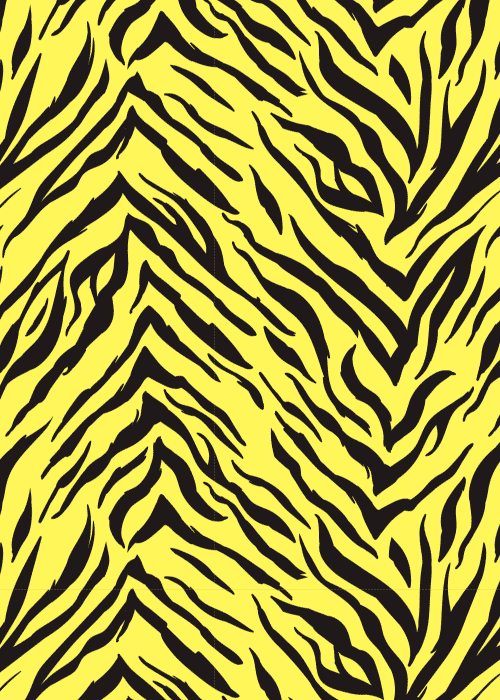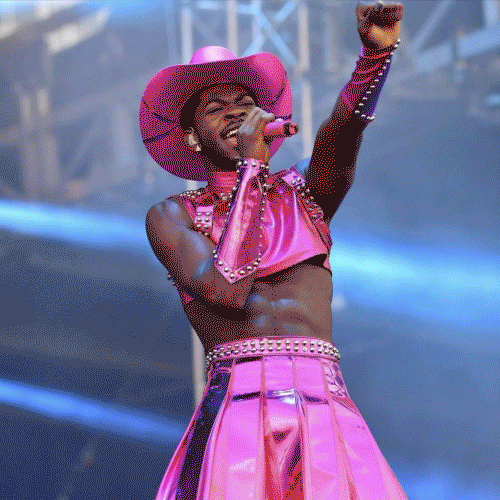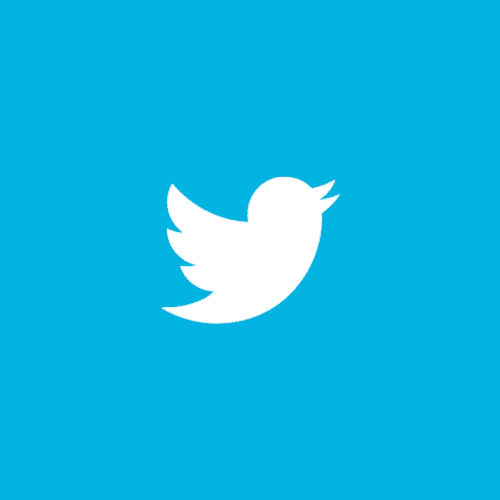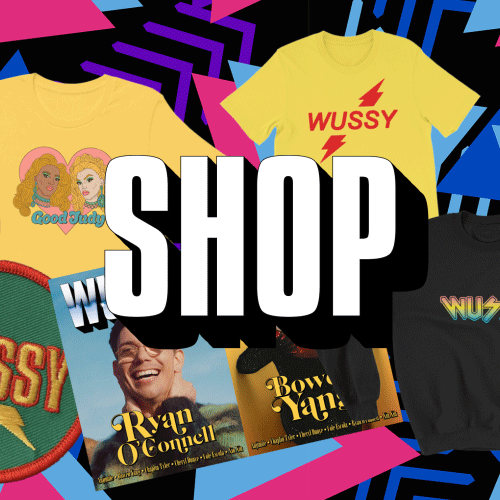Gallery: Summer Reading by Joshua Jarrett
Q: Hi Joshua Jarrett! Briefly tell us about yourself.
A: I'm a painter. I'm from Flowery Branch, Georgia, and I recently graduated from Columbus State University and moved to Atlanta where I draw and paint as much as I can.
Q: Who and what are some of your biggest influences?
A: Off the top of my head, Mary Cassatt, Alice Neel, Hope Gangloff, Laura Callaghan, and old Japanese woodblock prints are all huge to me.
Q: Are you still making work for your recent series, Summer Reading?
A: I am. It's the sort of thing I want to continue with until fall really hits, and I might pick it back up in the spring. The feeling of summertime is a major source of inspiration for these pictures. That's why it’s titled Summer Reading, because I want to capture that hot, lazy, long day feel. I'll keep making them until I don't feel it any more.
Q: Your work has strong narrative elements and you seem to enjoy playing with the relationship of the subject with the inside and outside world—whether looking through a window or doorway, or at a newspaper or cellphone. Can you tell us more about the themes you’re working with and hoping to convey?
A: For me, one of the best subjects for figural art is leisure. I want to give the viewer a look into these colorful homes with these characters, let them be a voyeur. I imagine each picture is the home of a different couple, as they externalize the push and pull of going or staying. Waiting for an Uber, booking a room, or just deciding if you even want to go out that night or not; the tension of laziness versus leisure is so quintessential summer to me. And in my personal life, having just graduated from college and moved home, I'm facing the choice of getting a full time job and moving out, or working part time so I can focus more on my art. There's a little bit of a personal struggle wrapped up in the bright colors and droll little scenarios.
Q: You’ve said that you view this body of work as a successor to your previous series, In Home. Thematically and subject wise, they feel very closely related, but the new work is all digital, correct? Can you tell us how your process and style has changed?
A: It's almost all digital. The lines are drawn in pen, scanned, and then the rest is colored digitally. For In Home., I was really trying to work out how a sensual but not necessarily sexualized male form can function in the kind of fine art and aesthetic context I'm interested in. To make those, I screen printed several different colors, as well as hand painted certain areas, and I did this roughly a dozen times per edition. Working this way was very expensive and time consuming. Working digitally the way I am now, and thinking of it more as illustration than fine art, allows me to work faster, produce more, and implement a lot more colors; I feel a little freer to experiment.
Q: What do you like most about working in the comic/zine format?
A: I've always loved comics. And as a teen I dabbled in drawing my own, but it wasn't until college that I discovered the zine and short form comics culture online. I minored in creative writing in college and it seemed logical after a while to explore comics. For me, it's always exciting and strange to attach word to picture. I think, though, the thing that always brings me back to comics and zines is the opportunity to focus on a single detail or thought or period of time. I'm free not to have to pack everything into a single frame. In fact, when I work on a series, such as Summer Reading or the longer series of oil portraits I also started this summer, I am constantly thinking about what order they are “supposed” to be seen in. I guess everything I make is a little bit of a comic.
Q: Do you consider yourself a queer artist or your work as queer art? Or both? What does that mean to you?
A: This is a tough one. Yes, I am a queer artist, but I've struggled about whether I feel like my art is queer. I'm a lot gayer than my paintings. I came out when I was seventeen, but I didn't grapple with the identity or context of my work until I was older. For a while I was afraid that anything I made that was too obviously queer would be ignored; not gay enough for the gays, but too gay for straights. That's part of why In Home. was so important to me, I started to experiment with how I felt making decidedly queer imagery. Men placed in soft, pastel environments, their bodies visible, and while voyeuristic, not directly sexual, they were self-portraits as much as anything else. That art, along with Summer Reading, is definitely queer, but I do not think being queer makes all your art Queer Art. It is all in the context of having been made by a queer person. For me, the distinction is important.
Q: Having lived in the south your entire life, how do you feel that has shaped your vision? Does the south play at all into your work?
A: Well, many people who grow up queer in the South end up both very modest and very prideful at once. As far as art is concerned, I'm sure it's similar to the queer thing. Is all art made by a southern artist Southern Art? Maybe. Probably. As for playing into my work, I'd say absolutely. The themes of home and personal propriety are very Southern. Moving forward into the twenty-first century as the voice of young queer Southerners becomes further reaching and more significant, we have the opportunity to represent what the South could be, the most vibrant and relevant part of the Union.
Archive
- February 2025
- November 2024
- October 2024
- September 2024
- August 2024
- July 2024
- June 2024
- May 2024
- April 2024
- October 2023
- July 2023
- June 2023
- May 2023
- April 2023
- March 2023
- February 2023
- June 2022
- April 2022
- March 2022
- January 2022
- December 2021
- October 2021
- September 2021
- August 2021
- July 2021
- June 2021
- May 2021
- April 2021
- March 2021
- February 2021
- January 2021
- December 2020
- October 2020
- September 2020
- August 2020
- July 2020
- June 2020
- May 2020
- April 2020
- March 2020
- February 2020
- January 2020
- December 2019
- November 2019
- October 2019
- September 2019
- August 2019
- July 2019
- June 2019
- May 2019
- April 2019
- March 2019
- February 2019
- January 2019
- December 2018
- November 2018
- October 2018
- September 2018
- August 2018
- July 2018
- June 2018
- May 2018
- April 2018
- March 2018
- February 2018
- January 2018
- December 2017
- November 2017
- October 2017
- September 2017
- August 2017
- July 2017
- June 2017
- May 2017
- April 2017
- March 2017
- February 2017
- January 2017
- December 2015
- November 2015
- October 2015
- September 2015
- August 2015
- July 2015
- June 2015
- May 2015
- April 2015














